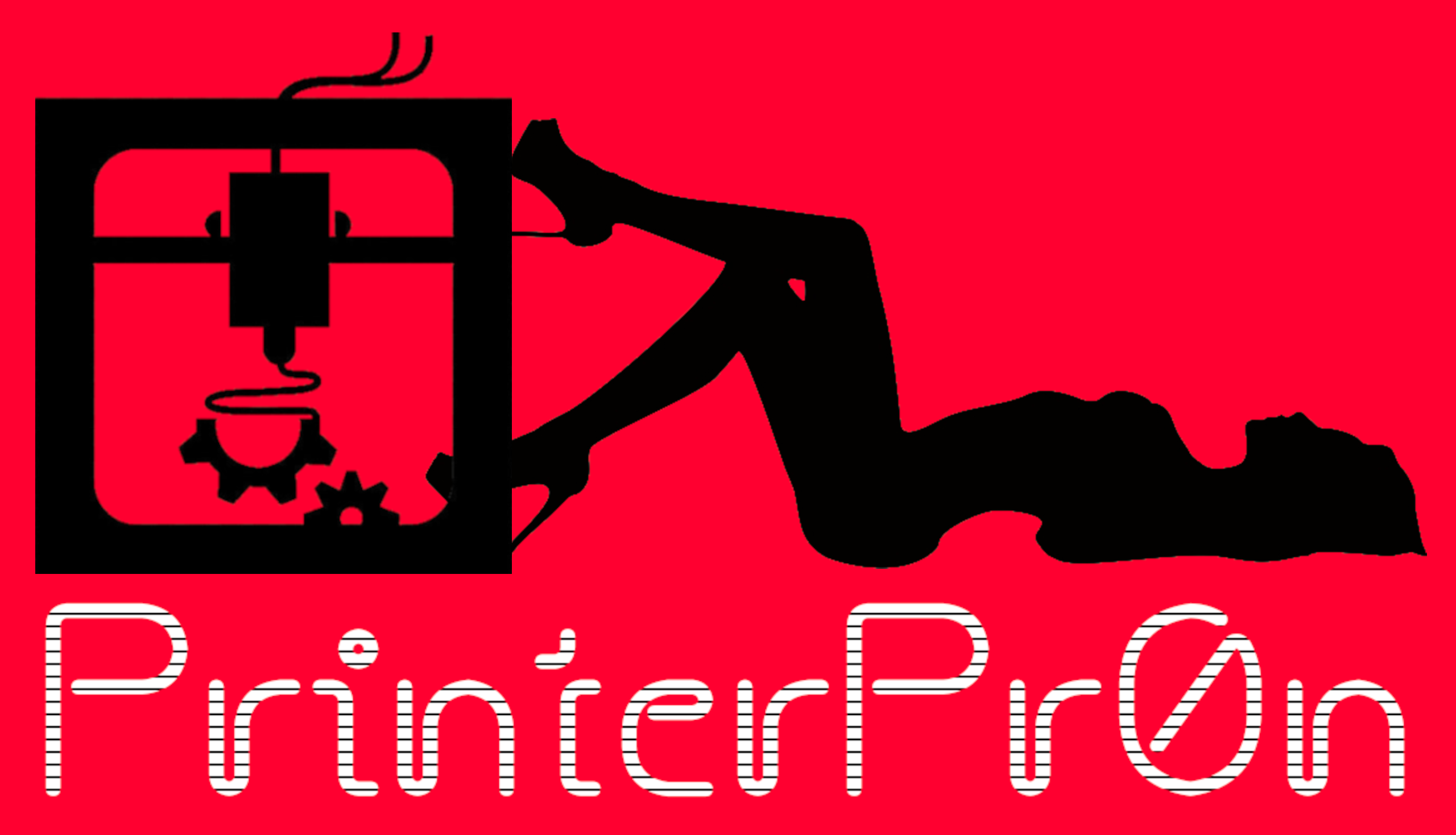3D printing has revolutionized the way we bring our creative ideas to life. Whether you’re an engineer, designer, hobbyist, or simply curious about this cutting-edge technology, understanding the fundamentals of 3D printing is essential. One crucial aspect of 3D printing that often goes unnoticed by newcomers is the process of “slicing.” In this article, we’ll embark on an exciting journey into the world of slicing for 3D printing, exploring what it is, why it’s vital, and how it can turn your digital dreams into tangible objects.
What Is Slicing?
Imagine 3D printing as a bridge between the virtual and physical worlds. Slicing is the crucial step in this process that translates your digital 3D model into a format that your 3D printer can understand. Essentially, it involves breaking down your 3D design into thousands of 2D layers, much like slicing a loaf of bread, hence the name.
These layers are known as “slices” or “layers,” and each one represents a thin horizontal cross-section of your 3D model. Slicing software, often referred to as slicers, generate a set of instructions (G-code) for your 3D printer, guiding it on how to create each of these layers. Think of slicing as the translator that bridges the gap between your creative vision on a computer screen and the physical object emerging layer by layer from your 3D printer.
Why Is Slicing Important?
- Precision and Detail: Slicing allows you to control every aspect of the printing process, from layer height to infill density. This precision ensures that your 3D prints accurately replicate your digital designs, down to the finest details.
- Support Structures: Slicing software can automatically generate support structures when needed, providing essential stability for overhanging parts of your design. These supports are later removed, leaving you with a clean and accurate final product.
- Material Optimization: Different 3D printers and materials have unique requirements. Slicing software allows you to fine-tune settings to maximize the potential of your specific printer and material, optimizing print quality and reducing waste.
- Time and Cost Efficiency: Slicing software provides control over print speed and infill density, allowing you to balance the trade-off between print time and material consumption. This flexibility can save both time and money.
How to Slice for 3D Printing
- Choose a Slicing Software: There are several slicing software options available, both free and paid, such as Ultimaker Cura, PrusaSlicer, and Simplify3D. Select one that suits your needs and is compatible with your 3D printer.
- Import Your 3D Model: Load your 3D model into the slicing software. Ensure that it’s in a compatible file format, such as STL or OBJ.
- Configure Print Settings: Adjust various print settings, including layer height, print speed, infill density, and support structures. These settings will depend on the complexity of your design, the material you’re using, and your printer’s capabilities.
- Generate G-code: Once you’ve configured your settings, the slicing software will generate the G-code, which is a text-based file containing all the instructions needed to print your model.
- Transfer G-code to the Printer: Save the G-code file to an SD card or connect your computer directly to the 3D printer. Load the G-code into the printer’s interface and initiate the print.
- Monitor and Adjust: Keep an eye on the printing process, especially during the initial layers. You may need to make real-time adjustments for optimal results.
- Post-Processing: After the print is complete, remove any support structures, sand down rough edges, and finish your 3D print as desired.
Conclusion
Slicing is the invisible bridge that transforms your digital concepts into tangible objects through 3D printing. By understanding the fundamentals of slicing and the role it plays in the 3D printing process, you can unlock the full potential of this remarkable technology. Whether you’re a beginner or an experienced 3D printing enthusiast, mastering the art of slicing is a crucial step towards turning your imagination into reality, one layer at a time.
